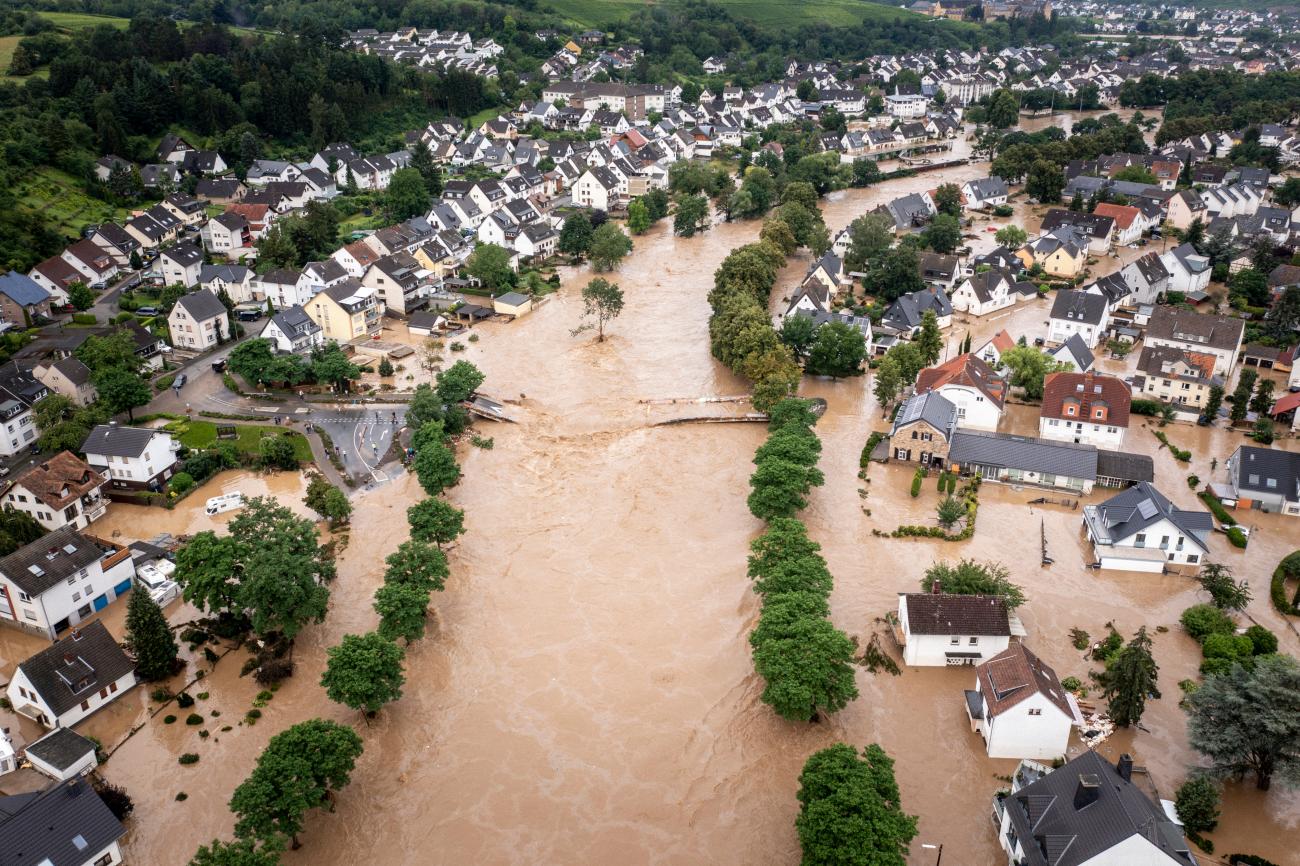Scientists have been studying the differing help available to communities at risk of flooding and say not only will understanding the disparities help to bridge the gap, but it will also inform how flood risk could evolve.
Prof Jim Hall, from the Environmental Change Institute (ECI) at the University of Oxford, is one of the co-authors of the paper Exploring the limits and gaps of flood adaptation, published in Nature and also featured in Carbon Brief.
The scientists say flood adaptation measures such as levees, flood-proofing structures, nature-based solutions and flood insurance are essential to cope with the growing flood risk caused by climate change and urban development into flood-prone areas. However, many communities in flood zones are ill-protected because the implementation of adaptation measures is hindered by a variety of constraints, including the cost, variations in the abilities of authorities and resistance to change. When adaptation efforts fall short, due to a combination of constraints, it results in an ‘adaptation gap’.
Prof Hall, Lead for the Oxford Programme for Sustainable Infrastructure Systems (OPSIS), at the ECI, said:
We created a risk-based framework to systematically examine the technical, social and behavioural constraints that contribute to adaptation gaps. We argue that, without overcoming these constraints, adaptation gaps will widen under climate change, exposing increasing populations to heightened flood risk. This may then require more radical actions including relocation, as risks become intolerable.
We argue that quantitative flood risk assessments must consider constraints and adaptation gaps systematically, especially where they may lead to flood adaptation limits. Without assessing these dynamic relationships, flood managers may overestimate the efficacy of flood adaptation measures and underestimate the unequal distribution of flood risks.”

The framework they developed identifies three key societal risk levels: ‘acceptable flood risk’ (where no further adaptation is necessary), ‘tolerable risk’ (where adaptation effort is crucial to maintain tolerable risk levels) and ‘intolerable risk’ (where conventional adaptation options are no longer effective and transformative adaptation, such as larger-scale managed retreat, becomes an option).
They found that Investments in adaptation to sustain tolerable risk are most common in densely populated urban areas with substantial assets. The high cost of flood protection and other adaptation options (for example, elevating buildings) often forestalls immediate action in sparsely populated regions, while rural and economically disadvantaged areas typically exhibit lower levels of structural adaptation.
Prof Hall was one of a number of scientists working alongside the lead author Prof Jeroen Aerts from the Institute for Environmental Studies, at Vrije Universiteit Amsterdam.
Prof Hall added:
A better understanding of factors driving the adaptation gap, and how they will interact in the future, will enable more complete and nuanced estimates of how flood risk could evolve and will provide evidence for decision-makers to better manage the adaptation gap.”
Read the paper in Nature: Exploring the limits and gaps of flood adaptation

